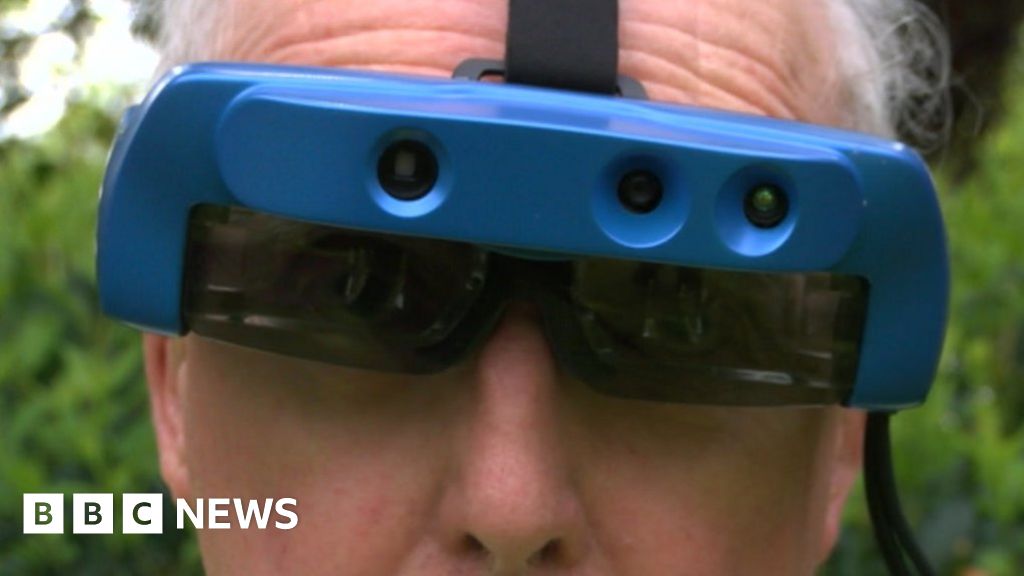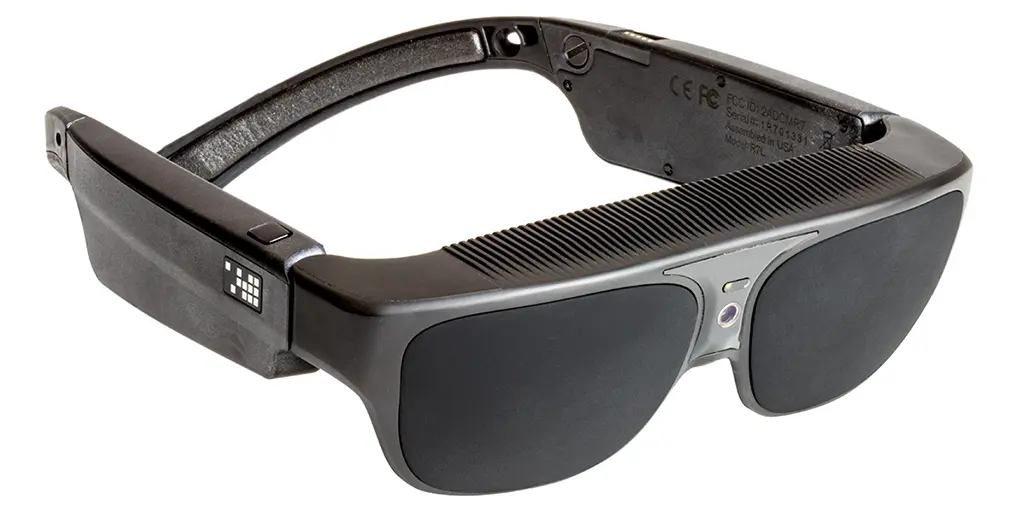The Future of Assistive Technology for the Blind: Empowering Independence
The Future of Assistive Technology for the Blind: Empowering Independence
Blog Article
Enhancing Access With Assistive Innovation for the Blind
The assimilation of assistive modern technology for the blind stands for a critical advancement in access, essentially modifying just how individuals browse their environments and involve with society. As we check out the varied types of assistive devices and their tangible influences on day-to-day living, it becomes necessary to take a look at just how continuous technical innovations are reshaping the landscape of support for the blind area.
Introduction of Assistive Innovation
Assistive technology describes a variety of tools and software designed to improve the capabilities of people with impairments, including those that are blind or visually damaged. This innovation plays a critical duty in advertising independence and enhancing the lifestyle for customers. By offering alternative techniques for accessing info and carrying out daily jobs, assistive innovation equips people to navigate their atmospheres better.
The growth and implementation of assistive technology accept a variety of concepts targeted at cultivating access. These principles consist of user-centered layout, which prioritizes the demands and preferences of the individual, and the integration of innovation right into everyday tasks. Such innovations guarantee that assistive devices are not only functional however very easy and likewise instinctive to make use of.
Furthermore, assistive technology incorporates a varied range of options, from low-tech alternatives like magnifiers to state-of-the-art innovations such as screen viewers and Braille display screens. The continuous evolution of this area is driven by the demand to resolve the special obstacles faced by people with aesthetic impairments (Wearable technology for low vision). As technology continues to advancement, the capacity for improving accessibility and advertising inclusivity stays promising, eventually contributing to a more fair culture

Sorts Of Assistive Tools
Many sorts of assistive tools are readily available to support people that are blind or visually damaged, each made to attend to certain needs and obstacles. These tools can be generally classified right into 3 major kinds: low-tech, mid-tech, and modern options.
Low-tech gadgets include products such as magnifiers, Braille labels, and responsive maps. These are relatively basic devices that boost the individual's capacity to interact with their setting without calling for complicated innovation.
Mid-tech tools usually entail much more advanced attributes, such as digital magnifiers and mobile Braille note-takers. These gadgets can provide functionalities like speech output, enabling customers to gain access to information more successfully.

Impact on Daily Living
The accessibility of various assistive tools considerably boosts the lifestyle for individuals that are blind or visually damaged, influencing their daily living in extensive methods. By incorporating modern technologies such as screen visitors, Braille displays, and audio summary services right into their regimens, customers acquire greater freedom and self-reliance. These davis vision tools help with accessibility to details, enabling people to do daily jobs, such as reading emails, browsing public areas, and appreciating media content.
Additionally, assistive devices equip individuals to involve more fully in social interactions and community activities. The capability to use smart devices equipped with access attributes permits for seamless interaction and link with others. This connectivity fosters a sense of belonging and reduces sensations of seclusion.
In expert settings, assistive technology supports performance by enabling individuals to total job jobs effectively. Devices like voice acknowledgment software application and specialized magnification gadgets allow customers to join the workforce on equivalent footing with their sighted peers.

Developments in Innovation
Recent technical advancements have dramatically changed the landscape of tools readily available for people that are blind or aesthetically impaired. The combination of expert system (AI) and machine understanding has actually generated applications that boost navigating and things recognition. Smart device apps can now utilize AI to identify and describe environments check my source in real-time, giving customers with important contextual details.
Additionally, improvements in haptic technology have caused the growth of wise walking canes furnished with sensing units that detect barriers and supply tactile responses. This equips individuals to navigate their atmosphere with raised confidence and independence. Innovations in text-to-speech software and braille display screens have actually improved the availability of digital material, permitting for seamless communication with various media.
Wearable technologies, such as clever glasses, are also making strides in aiding aesthetic problems. As innovation proceeds to advance, the potential for also more transformative tools stays on the horizon.
Future Trends and Innovations
As modern technology rapidly advances, the future of assistive tools for individuals that are blind holds enormous promise. Advancements in fabricated knowledge (AI) and artificial intelligence are poised to reinvent the method blind individuals communicate with their settings. For example, AI-driven applications are being developed to boost things acknowledgment, enabling users to identify and navigate their environments with better convenience and accuracy.
Furthermore, advancements in haptic comments modern technology are enabling the creation of tactile maps and navigating aids that provide real-time details via touch. These innovations not just boost flexibility but also foster independence. Furthermore, wearable tools equipped with augmented fact (AR) features are emerging, providing individuals visual info with sound descriptions, consequently bridging the space between the physical and digital globes.
In addition, the assimilation of wise home technology presents new chances for access, allowing people to regulate their living settings through voice commands or smartphone applications. find more info As partnership between tech programmers and the blind area proceeds, the concentrate on user-centered layout will make certain that future advancements are customized to satisfy the special requirements of this populace (Wearable technology for low vision). The trajectory of assistive modern technology assures a much more inclusive and empowering future for people who are blind
Conclusion
In final thought, assistive modern technology plays an important function in improving availability for individuals with visual problems. Continual innovations in technology and user-centered style guarantee that these tools cater effectively to the special requirements of the blind community.
The integration of assistive technology for the blind represents an essential development in accessibility, essentially modifying just how individuals browse their settings and involve with society.Assistive technology refers to an array of devices and software developed to boost the capacities of people with impairments, including those that are aesthetically impaired or blind. Wearable technology for low vision.As technology swiftly progresses, the future of assistive tools for people that are blind holds immense pledge. The trajectory of assistive technology assures an extra comprehensive and empowering future for people that are blind
In conclusion, assistive technology plays an essential role in enhancing availability for individuals with aesthetic disabilities.
Report this page